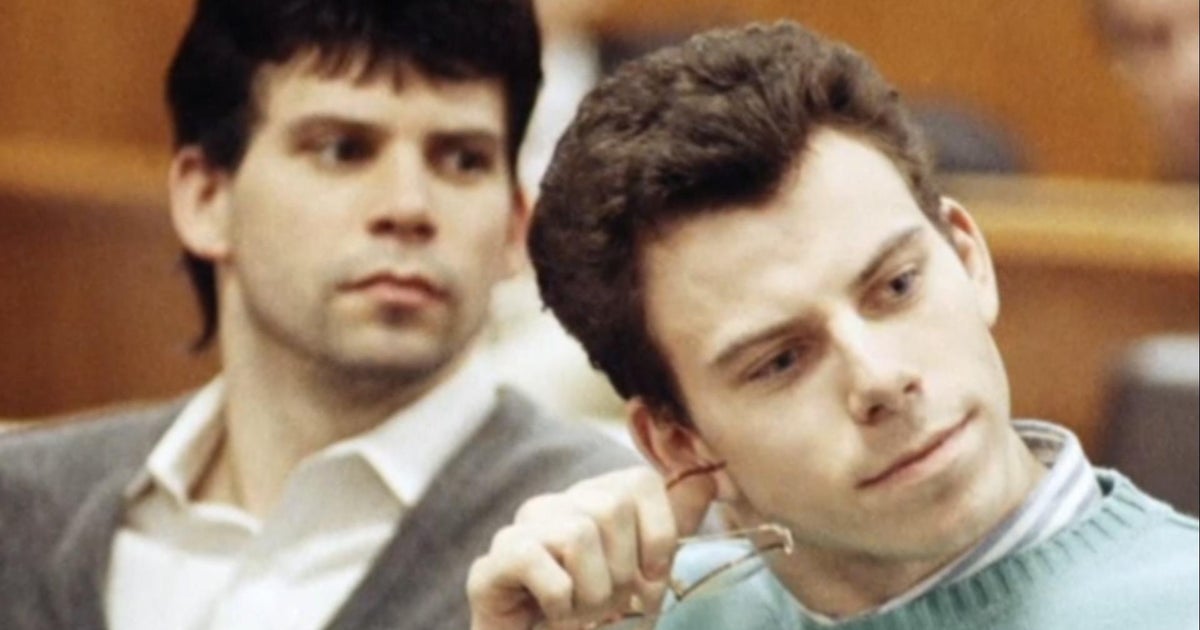Star Tribune
Minnesota Lt. Gov. Peggy Flanagan is slowly opening up about her childhood past amid domestic violence

She realized that violence in the home wasn’t normal when she finally left for college and sensed that other kids didn’t grow up that way. “Most people don’t call home to see if I should come home after school, or if I should go to my best friend Lauren’s house,” she said.
Lt. Gov. Peggy Flanagan observed artwork hanging at Cornerstone, an advocacy center for victims of domestic violence, human trafficking and sexual violence. The tour of the Minneapolis facility was led by Colleen Schmitt, director of emergency services. (Renée Jones Schneider)
Flanagan has often connected with Minnesotans by sharing tales about her personal life, such as when she recounts what it was like to grow up with a single mom in St. Louis Park who relied on public assistance. And yet for many years, she said, she didn’t feel comfortable talking openly about her family’s history with domestic abuse.
That changed when she got a nudge from an unlikely source. Flanagan, as she tells it, was in Washington, D.C., in 2009 as part of her work with the progressive training group Wellstone Action. Then-Vice President Joe Biden was receiving an award from the Sheila Wellstone Institute for his advocacy of domestic violence victims. Before the official ceremony, Flanagan felt compelled to share with Biden about the abuse she observed as a child.
“I just start weeping, and the vice president stood up and gave me a hug. I literally cried into his chest,” she recalled. “And he said, ‘If you can tell the vice president that story, I bet you can tell other people that story.’ ”
And so she has, gradually.
The advocates at Cornerstone, including executive director Artika Roller, who has spent more than two decades helping abuse victims, heard Flanagan speak about it at a rally for action among advocates and survivors.
Star Tribune
St. Paul woman shot to death in North End apartment is identified
Authorities identified a 35-year-old St. Paul woman found shot to death last week in a North End apartment.
The St. Paul Police Department said Damara Alexis Stowers was the woman found shot in her apartment on Oct. 19.
Police found Stowers at around 9 p.m. in the dwelling in the 100 block of Sycamore Street East after reports of a shooting. Officers rendered aid until Saint Paul fire medics arrived and pronounced her dead at the scene.
Investigators believe a carjacking reported that same night is connected to Stowers death, but no arrests have been announced. The victim in that carjacking was shot, but Regions Hospital staff treated them for noncritical injuries.
Stowers’ death marked the fourth homicide in the capital city in 10 days, and the 25th homicide this year according to a Star Tribune database. There were 28 homicides by this time last year.
Star Tribune
New employer-led nonprofit hopes to lure workers to Duluth with housing investments

NHP is seeking other employers to join their efforts, and is looking to invest in both multifamily and single family projects in northeast Minnesota and northwest Wisconsin.
The availability of new apartments allows aging single-family homeowners to sell and downsize, said David Gaddie, a longtime bank executive and chairman of Essentia’s board.
And that house “can be sold to a young family that needs housing, and they can move on up the ladder,” he said.
Developments chosen for loans won’t be targeted toward employees sought by a specific employer. The nonprofit is considering loans to projects in Superior, Wis., and Coleraine, Minn., and expects to offer investments between $2 million and $5 million.
Herman said Essentia has long invested in affordable housing, including a 72-unit project for seniors near its former downtown hospital. Without housing, “good health is almost impossible,” he said, and he’s hopeful other employers will consider housing investments that might yield lower monetary returns, “but a great return” on employee recruits.
The nonprofit’s board includes Gaddie, Herman, former Wells Fargo executive Phil Rolle, interim (and former) Maurice’s CEO George Goldfarb, and former Allete CEO Alan Hodnik.
Star Tribune
Minnesota Public Utilities Commission approves rate increase for Minnesota Power electric bills in Duluth, Iron Range

This is the second rate increase granted to Minnesota Power in two years. In January 2023, the PUC granted a 9.5% increase. That was also much smaller than what the company wanted, though higher than what some consumer advocates asked for.
More than 650 people wrote to the PUC about the rate increase, most in opposition. Many were dated prior to or just after the settlement was announced publicly. Matthew Laveau of Wrenshall said “these added costs are not sustainable to their customers.”
Gretchen Matuszak of Esko wrote she is retired and can hardly keep up with her electric bill as it is now. “You sure make it tough for us old timers!” She wrote. “Give us a break!”
Allete CEO Bethany Owen during a Minnesota Public Utilities Commission meeting in St. Paul, Minn., on Thursday May 9, 2024. ] RENEE JONES SCHNEIDER • renee.jones@startribune.com (Renée Jones Schneider/The Minnesota Star Tribune)
Minnesota Power has about 150,000 customers across northeastern Minnesota. It serves energy-hungry iron mines, pipelines and the paper industry, all of which make up nearly 70% of the utility’s energy sales.
The company has the lowest monthly bills for the average residential customer of Minnesota’s three investor-owned utilities, and its electric rates for those customers are below the national average, according to 2022 data, the latest reported by the PUC. Its prices for commercial and industrial customers are higher than neighboring states, however, and 95% of the national average.
The utility has shifted its power mix from 95% coal in 2005 to nearly 60% renewable energy now as it works to meet a state law requiring a carbon-free electric grid by 2040.




